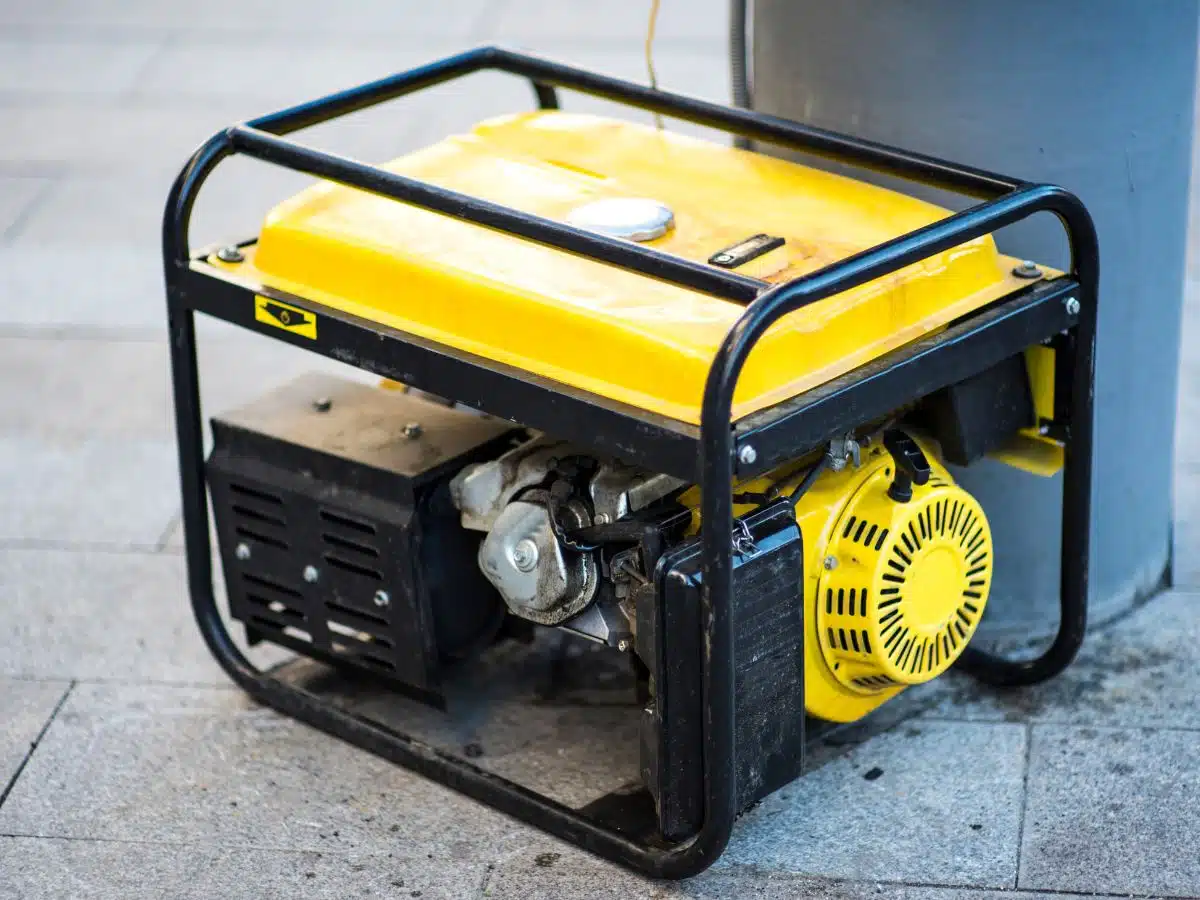Generator Oil Change Frequency: How Often Should You Really Do It?
Generators are invaluable for providing backup power during outages, supporting job sites, or ensuring continuous energy in remote locations. But like any machine with an engine, they require regular maintenance to stay reliable—and at the heart of that maintenance is the oil change.
If you’ve ever wondered about the right generator oil change frequency, you’re not alone. Many homeowners and businesses ask, “How often to change oil in generator systems?” or “What’s the best method for how to change oil on a generator?” This blog covers everything you need to know, from recommended schedules to step-by-step maintenance tips, so your generator runs smoothly when you need it most.
Why Oil Changes Are Critical for Generators
Just like in a car engine, oil lubricates a generator’s moving parts, reduces friction, and prevents overheating. Over time, oil collects dirt, metal shavings, and carbon deposits, which degrade its effectiveness.
Skipping or delaying oil changes can lead to:
- Increased wear and tear on engine components.
- Overheating, which can cause breakdowns during critical times.
- Reduced efficiency, leading to higher fuel consumption.
- Shortened generator lifespan.
In short, oil is the lifeblood of your generator, and neglecting it can result in costly repairs or even full replacement.
Recommended Generator Oil Change Frequency
The exact schedule for oil changes depends on your generator’s size, type, and usage. Here’s a general breakdown:
1. Portable Generators
- First oil change: After the first 20–30 hours of use (during the break-in period).
- Routine changes: Every 50–60 hours of operation or after each season of use.
2. Standby Generators
- First oil change: After the first 25 hours of use.
- Routine changes: Every 100–200 hours of operation, or at least once a year, whichever comes first.
3. Industrial or Commercial Generators
- First oil change: Around 50 hours after installation.
- Routine changes: Every 250 hours or quarterly (depending on workload).
Tip: Always check your generator’s manual, since manufacturers may have specific guidelines.
Factors That Affect Oil Change Frequency
Not all generators operate under the same conditions. Here are some factors that may require more frequent oil changes:
- Heavy usage: Generators running continuously for long periods should have oil checked more often.
- Dusty or dirty environments: Construction sites or windy, sandy areas cause oil to become contaminated faster.
- Extreme weather: Very hot or cold climates can break down oil quicker.
- Fuel type: Diesel and natural gas generators often have different maintenance schedules compared to gasoline units.
If you’re unsure, err on the side of caution and change the oil more often rather than less.
How to Change Oil on a Generator (Step-by-Step)
Learning how to change oil on a generator is simpler than many people expect. Here’s a quick guide you can follow:
Tools & Supplies Needed:
- Right type and grade of oil (check your manual).
- Oil filter (if applicable).
- Oil drain pan.
- Funnel.
- Clean rags or paper towels.
- Gloves for safety.
Step 1: Turn Off and Cool Down
Always turn off the generator and allow the engine to cool completely before starting.
Step 2: Locate the Oil Drain Plug
Position your oil drain pan beneath the plug.
Step 3: Drain the Old Oil
Remove the plug and allow the oil to flow into the pan. This may take several minutes.
Step 4: Replace the Filter (if applicable)
If your generator has an oil filter, replace it with a new one before adding fresh oil.
Step 5: Refill with Fresh Oil
Using a funnel, slowly pour the recommended oil into the fill port. Avoid overfilling.
Step 6: Check Oil Level
Use the dipstick to ensure the oil level is correct. Add more if necessary.
Step 7: Dispose of Old Oil Properly
Never dump oil down a drain or onto the ground. Take it to a local recycling center or automotive shop that accepts used oil.
Signs Your Generator Needs an Oil Change
Even if you’re keeping track of your generator oil change frequency, there are some warning signs to watch for:
- Dark, dirty, or gritty oil.
- Unusual engine noise (knocking or grinding).
- Reduced performance or harder starts.
- Overheating issues.
If you notice any of these, change the oil immediately, even if you haven’t hit the scheduled hours yet.
Professional Generator Maintenance Service
While many homeowners and businesses can perform oil changes themselves, regular generator upkeep is more than just oil. Professional technicians check filters, spark plugs, belts, and other components that affect long-term performance.
If you rely heavily on backup power, consider hiring a generator services company. They provide comprehensive inspections, testing, and service to ensure your generator is always ready. For ongoing support, a scheduled generator maintenance service can save you time and prevent unexpected breakdowns.
Extra Tips to Extend Generator Life
- Run the generator monthly: Let it run for about 20–30 minutes to keep parts lubricated and batteries charged.
- Keep oil and filters on hand: Especially before storm season or peak usage times.
- Store in a clean, dry place: For portable generators, avoid moisture and dust exposure.
- Log your maintenance: Record oil changes and inspections for easy tracking.
Keep Your Generator Ready with Regular Oil Changes
Your generator is only as reliable as the maintenance you put into it. Knowing the proper generator oil change frequency and understanding how often to change oil in generator systems can mean the difference between power when you need it—or an untimely breakdown.
By following manufacturer guidelines, keeping an eye on usage conditions, and learning how to change oil on a generator, you’ll extend the life of your equipment and ensure peak performance.
And for peace of mind, partnering with a professional generator services company or enrolling in a generator maintenance service program ensures your generator is always ready to perform when you need it most.





